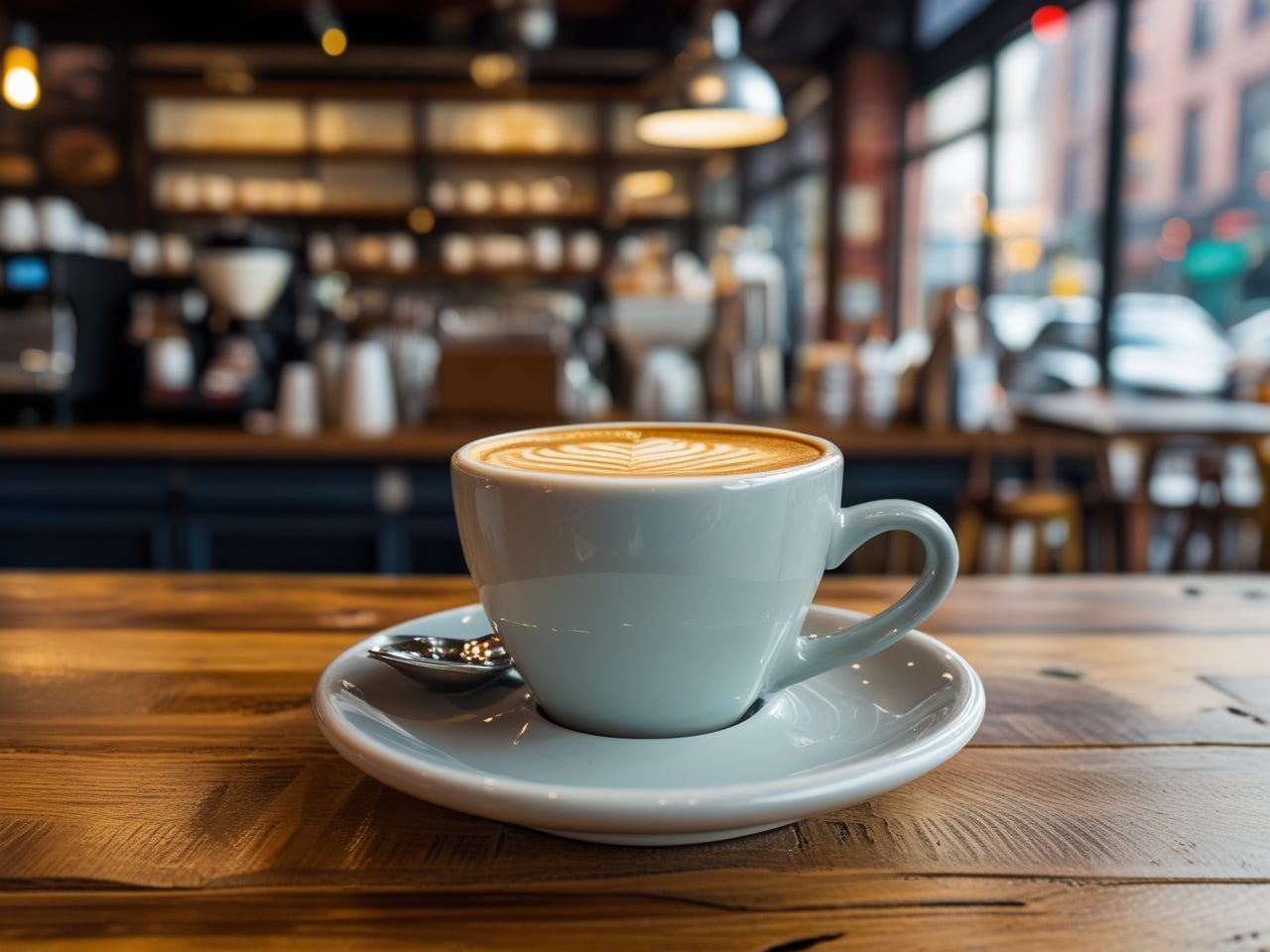A coffee shop is never just a coffee shop. In Brooklyn, the café is a node in the urban circuitry, a place where lives intersect—baristas calling out names, freelancers tapping away at screens, couples arguing in hushed voices over cappuccinos. It is a sanctuary, a workplace, a meeting point. It is also, increasingly, a signal of change, a marker of gentrification, a stage where the city rehearses the contradictions of community and capitalism.
Once, a coffee shop in Brooklyn might have been a Formica-counter diner or a Dominican bakery, serving cafecitos to construction workers and home health aides before dawn. Today, a different kind of café dominates: the artisanal, softly lit, plant-filled space where beans are sourced with careful ambiguity from a farm in Colombia or Ethiopia, where the menu speaks of oat milk and pour-overs, where the price of a single cup rivals lunch at a bodega next door. These spaces cultivate a particular aesthetic, one of effortless comfort—wooden tables worn just enough, Edison bulbs glowing at the perfect wattage, a playlist that suggests taste without imposing.
The appeal is undeniable. These cafés offer a promise: of productivity, of relaxation, of belonging. You can sit with a book for hours, find yourself in a conversation with a stranger over single-origin espresso, or observe the steady rhythm of the neighborhood. And yet, that neighborhood is often changing, shifting under the weight of new arrivals who can afford five-dollar lattes but struggle to acknowledge the people who lived there before them. The café, in its gentle warmth, its curated minimalism, becomes a gentrifier’s Trojan horse, its presence both a symptom and an agent of displacement.
There is a peculiar irony in the way these spaces frame themselves as communal while functioning as economic gatekeepers. The café welcomes, but it selects its welcomees. The high prices, the unspoken codes of behavior, the design choices that favor a certain clientele—all of these shape who stays, who feels at home, who does not. In some neighborhoods, the arrival of a sleek new coffee shop signals not just another caffeine option but the prelude to a cycle: rising rents, shifting demographics, erasures of histories and cultural markers that do not fit the new narrative of the space.
This is not to say that the café is a villain. It is, after all, also a real gathering place, a retreat in the relentless energy of the city, a space where ideas are exchanged, where people sit across from each other and speak in a world increasingly designed to keep them apart. But to walk into a café in Brooklyn today is to step into a microcosm of the city’s contradictions: comfort built atop displacement, community shaped by exclusion, the pursuit of something real within the confines of the highly curated.
And so, as you sip your coffee, as you fold into the warmth of a well-designed space, there is a question that lingers—who was here before, and who will be here after? The answer is often written in the foam of a perfect latte, dissolving before it can be fully understood.
I took the photo here in Brooklyn. Can you tell which coffee shop it is? If you're a Brooklyn hipster, this should be easy.




